
With a freeze warning in the forecast, it was finally time to take down the vegetable garden and harvest the last bits of summer for the season. In an unusually warm fall, there was still plenty of produce ready for picking.
I really can’t recall another October close to Halloween when there were still blossoms on all of the tomato, pepper and squash plants. As nice as the weather and garden have been this year, all good things must come to an end.
Even though the end-of-the-season harvest signals the end to this year’s crop, it’s already time to start thinking about next year’s garden. The fall vegetable garden prep you do now will lead to an even better garden, with more fertile soil, next year. Here’s how to get started:
- Harvest all the remaining produce and pull up all the plants. Compost healthy plants; discard plants that had any problems with insects or plant diseases.
- Rake the garden clean of all vegetable plant leaves, especially if plants showed signs of powdery mildew. Diseased leaves left on the vegetable bed can lead to similar problems next season.
- Layer fallen, shredded tree leaves, compost and fertilizer in the garden bed and turn under the soil. You could also dig trenches in the garden, pile in the leaves and compost and cover with soil. These organic soil amendments will decompose over winter and leave the soil more fertile when spring rolls around.
- Another option is to plant a cover crop, like winter rye, hairy vetch or clover. These plants act as a green manure for the garden soil. Till the plants into the soil early next spring several weeks in advance of planting, and before they start to form seeds.
- In addition to these basic steps, you may want to take time to conduct a soil test and send soil samples to a laboratory for testing. The test results will let you know what adjustments you need to make over the winter, so the garden is ready to plant in spring.
- Be sure to write a few notes about what worked well in your garden and what you’d like to do differently next year.
These fall tasks help ensure you’ll be ready for spring planting, just as soon as the weather and soil warm up again.
Fine Gardening Recommended Products

Ho-Mi Digger - Korean Triangle Blade
Fine Gardening receives a commission for items purchased through links on this site, including Amazon Associates and other affiliate advertising programs.

The New Organic Grower, 3rd Edition: A Master's Manual of Tools and Techniques for the Home and Market Gardener, 30th Anniversary Edition
Fine Gardening receives a commission for items purchased through links on this site, including Amazon Associates and other affiliate advertising programs.


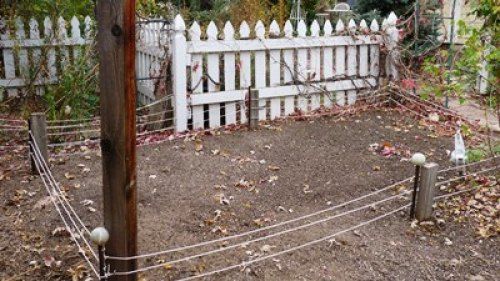
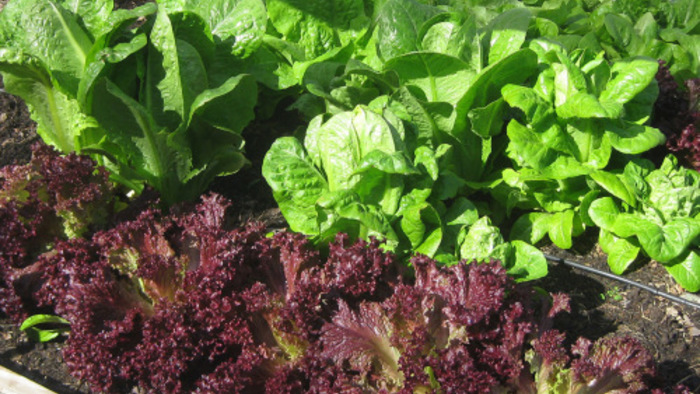



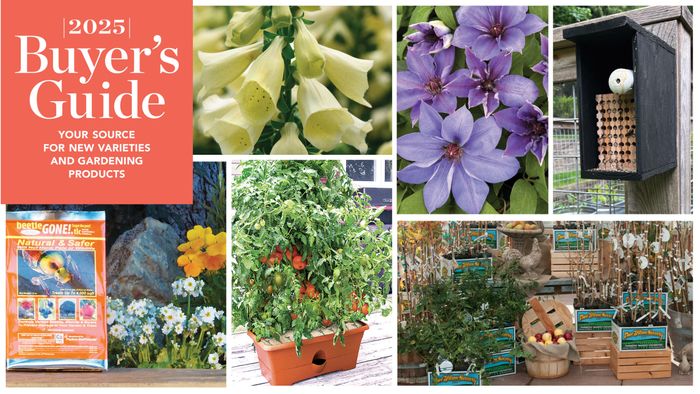
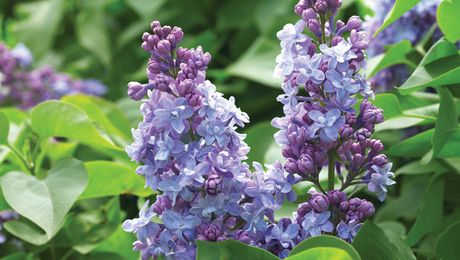
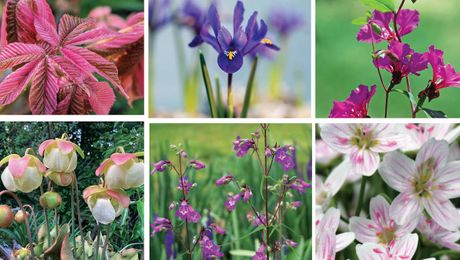










Comments
Log in or create an account to post a comment.
Sign up Log in